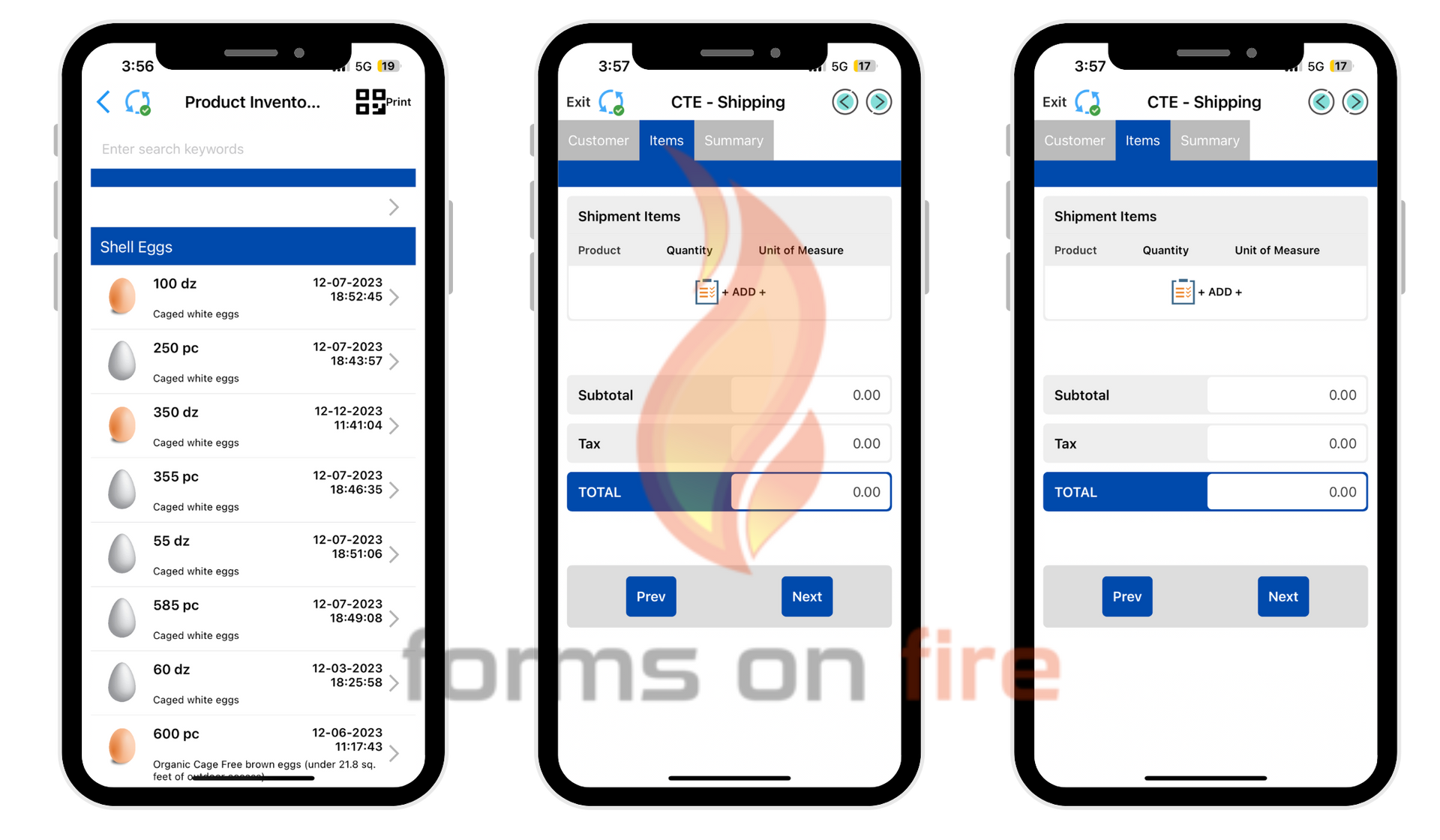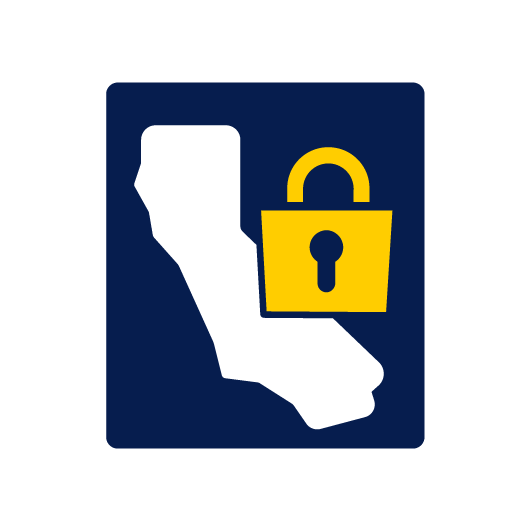Digitize Your Poultry Hatchery Management Processes
Running a poultry hatchery comes with a lot of moving parts, from monitoring incubation conditions to ensuring proper record-keeping. With so many processes to manage, staying organized is key.
That's where a hatchery management app can make all the difference. It helps you streamline operations, reduce human error, and get real-time insights into your hatchery performance — all while saving time and money!
In this article, we'll explore the key features to look for in poultry hatchery management software and the best approaches to digitizing your processes.
The scope of hatchery management in poultry
Poultry hatchery management covers a wide range of tasks, each essential to ensuring that eggs are incubated correctly and chicks are hatched in optimal condition. Managing these processes efficiently can significantly impact the health and productivity of your flock.
Main processes include:
- Egg collection and storage: The first step is gathering eggs from breeders and ensuring they are stored under optimal conditions before incubation. This helps maintain egg quality and viability.
- Egg sorting and grading: Eggs must be inspected and sorted based on size, weight, and shell quality. Sorting helps eliminate unsuitable eggs that are unlikely to hatch, optimizing incubator space and resources.
- Incubation: Eggs are placed in incubators that control temperature, humidity, and airflow. Monitoring these conditions is critical to ensuring a high hatch rate.
- Candling: This is the process of checking eggs for fertility and embryo development using light. Regular candling helps identify non-viable eggs early on, so they can be removed from the incubator.
- Hatching: As embryos develop, eggs are moved to the hatching unit where chicks will emerge. This phase requires careful temperature control and monitoring to ensure successful hatching.
- Chick handling and grading: After hatching, chicks are evaluated for health and quality, then sorted accordingly. Healthy chicks are vaccinated and prepared for transfer to the growing facility.
- Record-keeping and reporting: Every step of the hatchery process involves meticulous record-keeping — from egg inventory and fertility rates to chick health and vaccination schedules. This data is vital for tracking performance and making informed management decisions.
Software can't replace some of the hands-on work involved in hatchery management. However, it can automate and streamline many aspects of these processes, improving efficiency and accuracy along the way.
What to look for in hatchery management sofware
The right solution should make managing your hatchery easier, not more complicated. From tracking eggs and chick health to automating reports and reminders, the software you use should fit the specific needs of your hatchery.
Below, we’ll cover some of the key aspects to consider when selecting the best software for your farm.

How easy is the software to use?
The software you choose should be intuitive and easy for your team to adopt. If the interface is overly complicated or requires extensive training, it could end up slowing down your operations rather than streamlining them.
What to focus on:
- User interface: Look for solutions with a clean, simple design. Navigation should be straightforward, and the most commonly used features should be easily accessible.
- Training and support: Consider how much training is required to get your team up to speed. It's also worth looking into the support options available — whether through tutorials, customer support, or community forums.
- Mobile access: With hatchery tasks often requiring hands-on work, mobile access can be a big advantage. Software that’s optimized for smartphones and tablets will make it easier for your staff to input data on the go.
Can you track everything you need to track?
A good hatchery management app should help you monitor and record every important aspect of your operation. The more data you can track accurately, the better informed your decisions will be.
What hatchery managers typically need to track:
- Egg inventory: Track the number of eggs collected, sorted, and incubated.
- Incubation conditions: The software should let you log and monitor temperature, humidity, and airflow settings inside the incubators to ensure optimal hatching conditions.
- Fertility rates: Record the fertility rate and embryo development at each stage of candling to assess your breeding program’s effectiveness.
- Hatchability: Keep track of how many eggs successfully hatch and how many fail. This metric gives you insights into your overall hatchery performance.
- Chick health and vaccination: Record chick quality post-hatching and any vaccines administered, helping ensure healthy flock development.
- Equipment maintenance: Tracking and scheduling maintenance for your incubators and other equipment helps prevent downtime and ensures everything is running smoothly.
- Reporting and compliance: Ensure the software allows you to generate reports for performance tracking and compliance with industry regulations.
Does it have all of the features you need?
Beyond tracking, the software should offer a variety of features to streamline your workflow and ensure that all aspects of hatchery management are covered.
Features to look for:
- Automated alerts: Set up notifications for critical tasks like checking incubation conditions or scheduling vaccinations, ensuring you never miss an important step.
- Customizable reports: Your software should allow you to create reports that suit your specific needs, whether that’s hatch rate data or equipment usage logs.
- Batch management: Efficiently track groups of eggs from the same flock or hatching cycle, making it easier to analyze performance and productivity over time.
- Task management: Assign and track tasks across your team, from egg collection and counting to equipment cleaning, keeping everyone on the same page.
- Integration with other systems: If you’re using farm management or ERP software, the ability to integrate your hatchery software with these systems can save time and reduce duplicate data entry.
- Offline capability: Ensure the software allows you to input and access data even without an internet connection, especially if you operate in remote or low-connectivity areas.
- Traceability: Track each egg, chick, or batch from incubation to hatching and beyond, ensuring you have complete visibility and can trace any issues back to their source.
The two main approaches to digitizing hatchery management
You can digitize your hatchery management processes in a couple of different ways:
- You can look for ERP or farm management software that has a module that covers hatchery management.
- Or you can digitize specific processes using a no-code platform.
Each approach has its benefits and limitations, and the right choice depends on the unique needs of your hatchery.

1) Using a module inside ERP or farm management software
Some poultry operations already use ERP (Enterprise Resource Planning) or farm management software to handle various aspects of their business. If the software they are using has it, they can just start using the hatchery management module. This way, they can integrate their hatchery processes with other farm activities like breeding, feeding, and financial management.
This option works best for those who are already using an ERP system and want to keep everything under one roof.
Ideal use cases for this approach:
- Large-scale farms that already use ERP or farm management software to manage other parts of their operation.
- Hatcheries looking for seamless integration with broader farm data like breeding records, production cycles, and financial reporting.
- Operations that want a centralized system that covers all of their farming operations (financial management, risk management, audits… ) — not just hatcheries.
Limitations of this approach:
- ERP modules may not offer the level of customization specific to hatchery management, meaning you could miss out on some tailored features.
- Implementing and maintaining ERP systems can be complex and costly, particularly for smaller or more specialized hatcheries.
- The learning curve for employees can be steep, requiring training to ensure they can effectively use the system.
2) Digitizing select processes with a no-code platform
No-code platforms like Forms On Fire allow you to build custom forms and workflows without needing any coding skills. This approach is great if you’re looking to digitize specific processes within your hatchery management, such as tracking egg batches, egg counting, creating automated alerts for incubation milestones, and similar.
No-code platforms give you the flexibility to create tailored solutions that fit your exact needs.
Ideal use cases for this approach:
- Hatcheries that want to digitize specific processes without necessarily overhauling their entire farm management system.
- Small to mid-sized operations that don’t need the complexity of a full ERP system but still want to streamline tasks.
- Hatchery managers looking for a highly customizable solution that can adapt as their needs change or evolve.
Limitations of this approach:
- Building a custom app can take some time and effort, especially if you’re new to the platform. That said, most vendors offer templates to get you started and technical support for designing and implementing digital forms.
- The forms you design can integrate with almost any software you’re using, but not as seamlessly compared to using an existing ERP or farm management software.
Build your hatchery management app with Forms on Fire
Forms on Fire is a no-code platform that allows you to build custom apps specifically tailored to your hatchery or farm management needs. It streamlines your processes by offering a flexible, easy-to-use solution for digitizing tasks such as egg tracking, chick health monitoring, and reporting — all from a mobile device or desktop.
Whether you're managing a small hatchery or a large-scale operation, Forms on Fire provides the tools to improve efficiency and reduce manual errors.
Here are some features hatchery managers dind valuable when building their forms and apps with Forms On Fire:
- Customizable forms: Build forms that let you track everything from egg fertility rates to vaccination schedules. You can customize the layout and fields to fit your specific requirements.
- Mobile access and offline capability: Enter data on the go, even when you're out in the field without internet access. The app automatically syncs when you're back online, ensuring you never lose important information.
- Automated workflows: Set up automated tasks and reminders, such as alerts to check incubation conditions or schedule equipment maintenance, reducing the chances of missing critical steps.
- Real-time data and reporting: Generate real-time reports on key metrics like hatchability, chick health, and equipment usage. This gives you valuable insights to make informed decisions on the fly.
- Photo and GPS integration: Capture photos and log the exact location of each batch or flock, making it easier to track and manage multiple groups or locations.
- Team collaboration: Assign tasks, track progress, and communicate with your team in real time, helping to ensure everyone stays on the same page and nothing falls through the cracks.

With Forms on Fire, hatchery managers have the flexibility to design a system that fits their needs.
If you’re interested in digitizing your hatchery management processes, take the first step by
telling our team what you need or
starting a free trial.




